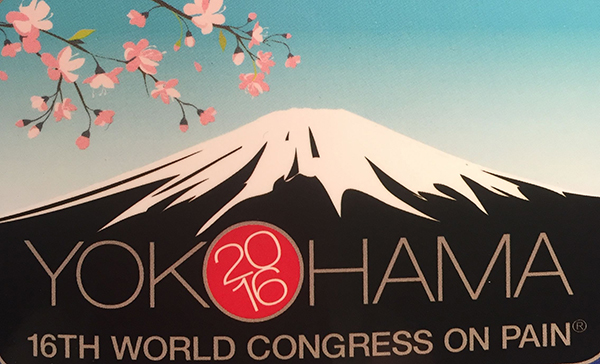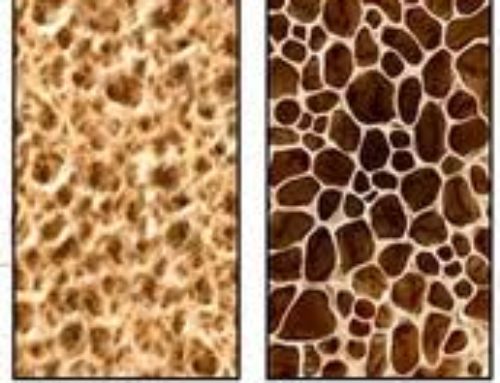I have recently returned from the World Congress on Pain in Yokohama, Japan. There were 3000 scientist and clinicians deliberating on 2000 research papers
over five days.
This is part 2 of some of the most important things that were discussed at this bi-annual meeting.To see the initial post read below
Some take away messages
- Osteoarthritis is due to loss of cartilage lining the joints. Being overweight does not only cause mechanical damage but in itself it causes inflammation. A 10% weight loss improves the pain of osteoarthritis of the knee.
- Exercise is not the key to weight loss. The fundamental target is to reduce any increase in the body’s insulin response. This requires the correct nutritional plan.
- Researchers continue to highlight the lack of correlation between the intensity of the pain experience and the disease severity. Looking at an xray/MRI to explain the cause of pain is like taking a photo of a car and working out how much petrol is in the tank. This fact is well known but so often forgotten.
- Those who have pain and no time for meditation will need to find time to manage pain in potentially more potent ways. The next More Than Meditation course begins this Thursday 3 Nov. ( Call 95349495 now to participate.)
March 2017 will be the following course.
•Arthroscopic meniscectomy in knee osteoarthritis is associated with a 3 fold increase in risk of knee replacement.
ncbi.nlm.nih.gov/pubmed/27712957. Always ask is surgery necessary ? What are the alternatives?
•Many chronic pain conditions are likely to be caused by changes in the central nervous system
and not due to an injury in the body. Important connections between nerves in the spinal cord and brain areas
seem to drive this abnormality. Treatments directed at these spinal cord areas ( called dorsal root ganglion)
are very promising. The central brain areas inappropriately respond ( producing an experience of pain)
to normal signals from the body . This is called central sensitisation.
•There are some places in the world where there is an apparent overuse of opioids ( red areas)
and some places( white) where they are not available at all.
There is still much work to be done on determing how best, under what circumstances and
for how long should this type of medication be used.
•
•
•This is an MRI brain scan of a one day old baby who had blood taken from a heel
prick for a test. These are the areas of the brain that interpret the signals from
the body to generate a pain response.
Pain is in the brain and this has implications for the treatment of those with chronic pain.
The 12 components of the Pathways To Wellbeing Program are all valuable parts of a comprehensive treatment plan.
For example, diet, managing stress, meditation, exercise and enhancing sleep quality are frequently overlooked but effective treatments.
•A daily meditation practice is now recognised as an essential aspect of multimodal therapy.
Meditation provides participants with a set of tools to manage many aspects of the experience of pain.
•Pain education and an understanding of the emotional triggers for the experience of pain are very helpful approaches.
•Medications only provide benefit for about 30% of individuals. Integrating pharmacological therapies,
lifestyle strategies, mindbody techniques, interventional therapies and surgery (where relevant)
in a co-ordinated way is the most effective treatment plan.
•Such a plan requires perserverence, the willingness to discover and explore, and to partner with knowledgeable health practitioners.
Take Home message
Your health is an investment. Spending time understanding pain and developing a comprehensive treatment plan will
pay dividends in the short, medium and long term. Health is a journey and perseverance is the key.
Over the next months I will share further information with you.






